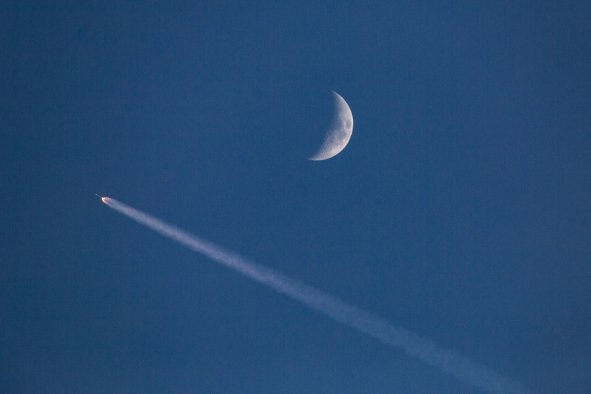The extreme light environment of the Earth's polar regions fosters unique conditions that could play a crucial role in maintaining global biodiversity over time, a new study by Finnish researchers suggests.
The study introduces an innovative theory, proposing that the Arctic and Antarctic circles form "circumpolar hybrid zones" where species hybridization is encouraged, ultimately supporting the maintenance of biodiversity in the long run.
The polar regions are defined by stark contrasts in day length, with phenomena such as the "midnight sun," where the sun remains visible for 24 hours a day in summer, and the "polar night," when darkness persists for months in winter.
Unlike temperature, day length is a consistent environmental factor that varies predictably with latitude. This stability, the researchers argue, forces many species to synchronize their reproductive cycles within a narrow timeframe, increasing the likelihood of hybridization.
Hybridization occurs when individuals from different species or varieties interbreed, sometimes resulting in hybrid offspring with new genetic combinations that can adapt to diverse environments.
"Hybridization is common in nearly all groups of organisms, yet its role in sustaining biodiversity has not been fully understood," lead author Kari Saikkonen, whose work was published in the journal One Earth, said in a statement.
"Short flowering time [in polar regions] may break down reproductive isolation and open [a] window for hybridization by causing overlap in the timing of reproduction among genetically distinct populations," he told Newsweek.
The process can involve backcrossing, where hybrid individuals breed with their parent species, further integrating new genes into the population. The study suggests that these dynamics are more pronounced in polar regions due to the extreme light conditions, potentially helping species to survive environmental changes over millennia.
The researchers also highlighted the pivotal role of microbes in these processes. Microbes, especially photosensitive ones, are integral to the health and development of plants and animals. Saikkonen's team hypothesized that microbes may assist plants in adapting to the harsh polar environment, enhancing their resilience and ability to survive.
However, this natural resilience is being tested by rapidly changing climates. The polar regions are warming at an alarming rate—up to four times faster than the global average—leading to unprecedented transformations.
Predictions suggest that Arctic sea ice could disappear by the end of the century, while ice-free areas in Antarctica may expand from 2 percent to nearly 25 percent, profoundly altering the ecosystems.
"The melting of the western Antarctic glaciers alone would cause sea levels to rise by five meters, threatening 10 percent of the world's population and many of the world's coastal ocean ecosystems over the next decades or centuries," Saikkonen said.
The study called for a broader perspective on biodiversity, emphasizing the importance of maintaining the genetic diversity and species interactions necessary for ecosystems to recover and restructure after disturbances. As climate change accelerates, understanding the mechanisms that sustain biodiversity becomes ever more critical.
"We propose that biodiversity can, in the long term, recover after disturbances and mass extinctions, but ecosystems will restructure as novel species assemblages," Saikkonen said, adding that the findings call "for increased attention to the importance of ensuring sufficient genetic, species, and species interaction potential to support future diversification and ecosystem functions and services."
Do you have a tip on a science story that Newsweek should be covering? Do you have a question about polar regions or biodiversity? Let us know via science@newsweek.com.
References
Saikkonen, K., Birge, T., Fuchs, B., Helander, M., Ihalainen, J. A., Nissinen, R., & Puigbò, P. (2024). Toward an integrated understanding of how extreme polar light regimes, hybridization, and light-sensitive microbes shape global biodiversity. One Earth, 7(9), 1529–1541. https://doi.org/10.1016/j.oneear.2024.08.002
Disclaimer: The copyright of this article belongs to the original author. Reposting this article is solely for the purpose of information dissemination and does not constitute any investment advice. If there is any infringement, please contact us immediately. We will make corrections or deletions as necessary. Thank you.



